The base layer of lighting
With an intention to maximize the livability and visual appeal of an interior space, interior lighting is often composed in layers to incorporate ambient, task and accent lighting. This layered approach begins by establishing the “base” required to provide a decent amount of light that takes care of basic visual requirements while serving for an appropriate visual perception. Ambient lighting is the base upon which all other layers of lighting can be added. Close-to-ceiling lights are generally designed to provide the base layer of lighting that makes navigating the space visually comfortable and sets the overall mood for the room. However, in spaces where layered lighting isn’t an option ceiling lights serve double duty as task lights.
Flush-mount models and semi-flush mount lights
Close-to-ceiling light fixtures come in either flush-mount models or semi-flush mount models. A flush-mount ceiling light attaches directly to the ceiling, leaving no gap between the ceiling and the fixture. A semi-flush mount ceiling light hangs a few inches from the ceiling. Flush mount lights work well in in spaces with low ceiling heights (below 8′), and also are used to achieve a more inconspicuous aesthetic. Semi-flush mount lights are intended for rooms where a flush mount fixture can be out of scale and no sufficient vertical space is available to accommodate a pendant light. Close-to-ceiling lights have been a staple element of lighting design for decades. Their immense strength lies in their space-saving qualities, ease of installation, wide-spread illumination, as well as the vast selection of styles and designs.
Extensive use
Close-to-ceiling lights are used in numerous residential, hospitality, and commercial applications. These light fixtures are workhorses in hallways, living rooms, bedrooms, foyers, utility rooms, kitchens, bathrooms, laundry rooms, stairways, garages, porches, etc. Close-to-ceiling lights are not only intended for spaces where pendants and chandeliers would pose the risk of head-bumps, they can also create fusion in your design scheme as well as make a commanding statement when necessary. The clean, minimal look of flush mount ceiling lights is universally appealing. In applications where flush ceiling lighting is too plain to create depth and visual interest, semi-flush lights rise to the challenge. Semi-flush lights can create the equally decorative look and intriguing visual of pendants and chandeliers without consuming a steep vertical space. These types of ceiling lights are available in an incredibly wide variety of different styles, like for example traditional, farmhouse, industrial, rustic, nautical, transitional, modern and contemporary. Unmatched design versatility lends ceiling lights the ability to blend in seamlessly into any decor theme, whether it’s casual or formal, minimalist or decorative.
Lamp-based LED ceiling lights
Promising high energy efficiency, long lifetime expectancy, solid state durability, and unprecedented controllability, LEDs are the obvious choice of light source for ceiling lights. LED ceiling lights are currently available in types: lamp-based and integrated. As the name suggests, lamp-based LED ceiling lights are light fixtures that use LED light bulbs as the light source. These fixtures share the same design philosophy of conventional systems that use incandescent or fluorescent technologies. Conventional ceiling light fixtures require the use of large housings and optical parts to protect the light bulbs, provide optical control, and build fixture aesthetics. LED replacement bulbs are just transitional products developed to facilitate the technological upgrades of traditional systems. These products are far from the effective use of LED technology due to their limited volume to accommodate high performance thermal management systems and sophisticated driver and control circuits. The price of LED bulbs has dropped to commodity levels. As a result the light quality and system reliability of LED bulbs are further compromised due to the bare-bones system design and use of cheap components.
Unlock the full benefits tied to LED technology with integrated design
The performance and lifespan of an LED lighting system are determined by all its constitutive parts. In order for LED ceiling lights to deliver the full benefits tied to LED technology, a systems approach in design and engineering is required. Integrated LED ceiling lights are designed in way that LEDs are paired with high performance thermal, optical, and electrical sub-systems. These sub-systems work in unison to ensure the LEDs function optimally throughout the rated life of the luminaire. Without the form factor and size limitations of light bulbs, more efficient thermal paths can be designed, higher reliability and efficiency drivers can be incorporated into the luminaire, and more controls can be built into lighting systems for intelligent functionalities and innovative features. Integrated design affords an opportunity to extract light directly from the source for effective delivery of light. LED ceiling lighting ubiquitously embraces an integrated design except for light fixtures that incorporate exposed lamps (i.e. vintage style LED filament bulbs) as a decorative element.
Form and function in harmony
LED technology enables an infinite variety of design possibilities thanks to the small size of the light source. Flush mount LED ceiling lights that adopt the integrated design deliver maximum light with minimal disturbance of the ceiling plane. They sit flat on the ceiling with a very low profile and sleek, unobtrusive aesthetic. Semi-flush mount LED ceiling lights that incorporate integrated LED modules can be composed with geometric perfection and sculptural sophistication. The ability to fuse form and function allows LED ceiling lights to contribute to different visual compositions.
Ambient lighting
Ambient lighting systems should radiate visually comfortable light that not only flatters the space but makes it feel welcoming. LED ceiling lights are challenged to soften the harshness of LED light. Direct-lit systems rely on opal diffusers to distribute luminous flux from LEDs evenly to all directions thus does not create distracting glare and an image of the light source. Edge-lit systems achieve soft, uniform light across the light emitting surface of the luminaire through the use of light guide plates which guide light by total internal reflection (TIR).
Color quality
The selection of light source determines the color quality of LED ceiling lights. Residential and hospitality lighting applications typically keep the tone of light warm and relaxing, which is accomplished using warm white LEDs with a color temperature of 3000 K or less. Higher CCT or cooler white LEDs should not be used as the high percentage of blue wavelengths in these packages can be very disruptive to human circadian rhythm. An often overlooked characteristic of light sources is their ability to render colors. Cheap lighting systems tend to use LEDs with a low color render index (CRI) or a spectral power distribution (SPD) that is deficient in wavelengths for rendering saturated colors. High quality LED ceiling lights typically use LEDs with a minimum CRI of 90 and Ra value of 25. The color rendering performance of these light source is comparable to that of incandescent or halogen light sources.
Drive current regulation
Aside from efficient thermal management and outstanding optical control, the LED driver is a critical design consideration. Typically, the driver is the first component of an LED ceiling light to fail and its performance significantly affects the lifetime of LEDs. The driver regulates the power to an LED array and executes many sub-tasks sequentially or in parallel. In low-cost designs, the driver circuit not only fails to protect the LEDs from electrical abuse but also produces high ripple current which would result in flickering of light. It’s a common practice to build dimming controls into ambient lighting systems for the flexibility in mood setting. This calls for the use of a dimmable driver that provides excellent compatibility with various dimming protocols. In smart lighting systems, the driver must be able to interact with sensors, controllers, and/or personal devices (e.g., smartphones) for sophisticated adaptive lighting or human centric lighting.
Driver-on-board (DOB) lights
LED drivers for ceiling lights are typically designed as switch mode power supplies which can be designed to deliver high value features. Driver-on-board (DOB) ceil lights that use linear regulators to drive the co-located LEDs are being offered on the market. Although these systems can be more affordable and have a more compact profile, they are usually of low circuit efficiency and the out of the driver may have large output current ripple due to incomplete suppression of the alternating waveform after rectification. These systems do not include galvanic isolation from the input circuit. Extra caution should be taken when touching all metal contacts of the luminaire in order to avoid electrical shock hazards.

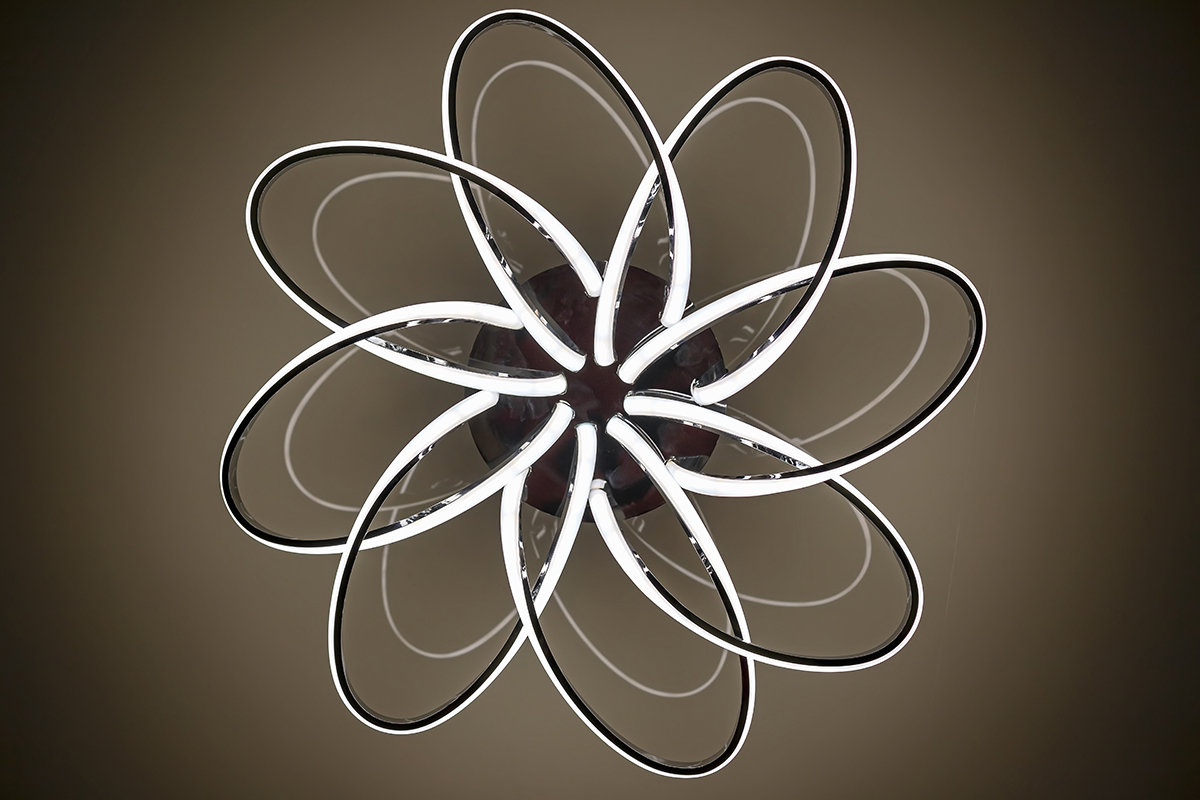
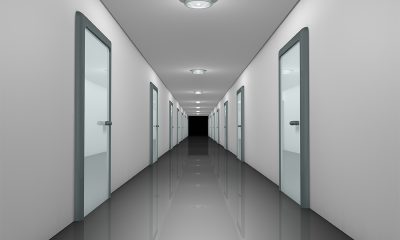


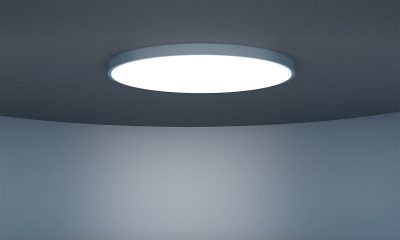
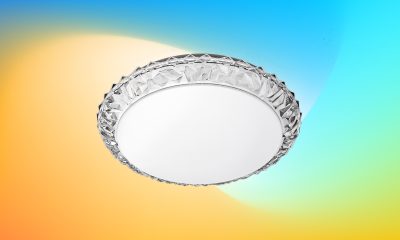
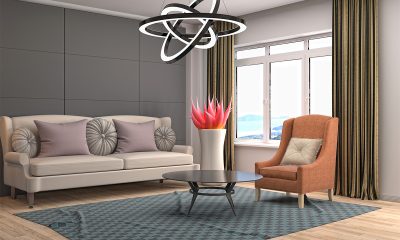

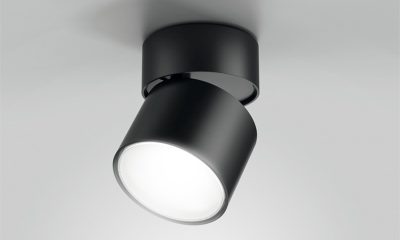


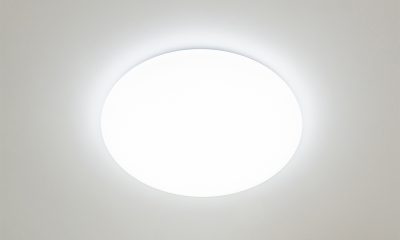






Loading...